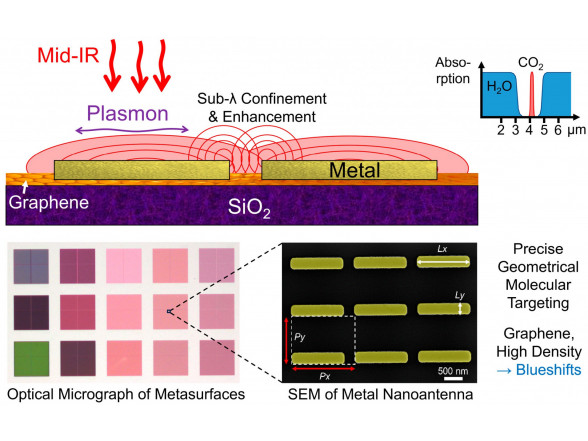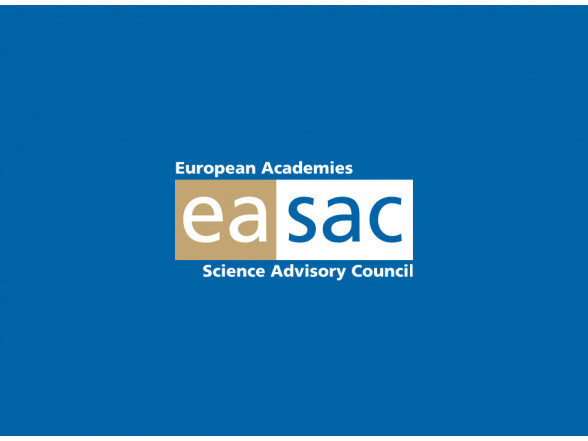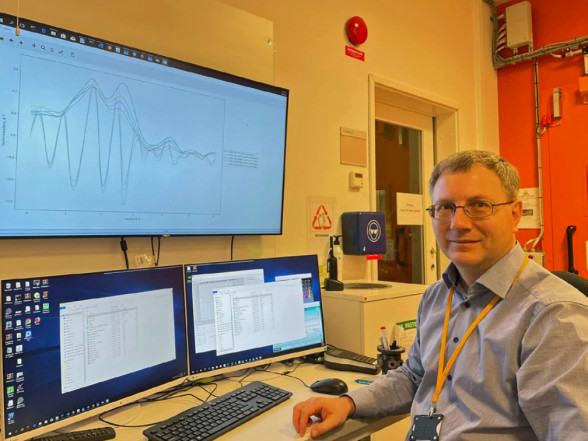Under the CAMART2 WP1 activities (scientific collaboration), the researchers from ISSP UL and RISE (Research Institutes of Sweden) have been actively studying graphene sensor materials and their work is now summarized in the article “Graphene Hybrid Metasurfaces for Mid-Infrared Molecular Sensors” in open access scientific journal Nanomaterials (impact factor 5.7).
The graphene sensor fabrication was performed in ISSP UL’s cleanrooms and Electrum Laboratory operated jointly by RISE and the Royal Institute of Technology (KTH), both ISSP UL’s partners within the CAMART² project. The research was also funded by other fund agencies, including the Swedish innovation agency Vinnova.
In their LinkedIn profile, RISE explains the work that led to the article’s publication: “In our work, we integrated graphene with asymmetric metal metasurfaces and optimized the geometry-dependent photo response towards optoelectronic molecular sensor devices. The sensor fabrication was carried out at two cleanroom facilities at the Electrum Lab and ISSP. These cleanrooms operate with state-of-the-art equipment for materials research, prototyping and small-series manufacturing. Our methods enabled simple, reproducible, and targeted mid-infrared molecular sensing over a wide range of geometrical parameters. With ultimate minimization potential down to atomic thicknesses and a diverse range of complimentary nanomaterial combinations, we anticipate a high impact potential of these technologies for environmental monitoring, threat detection, and point-of-care diagnostics.”
The results of the mutual work were also presented at the IEEE Photonics Global Conference (IEEE PGC23) in an invited talk, “Graphene and Graphene-based Hybrids for Bio/Chemical Industrial Sensing Applications”, given by Qin Wang (RISE) in Stockholm on August 23.
The Latvian-Swedish regional network operating within the frame of the CAMART² project is a collaboration and technology transfer platform established to maximize the impact of the activities of the partners’ cooperation on both sides of the Baltic Sea and beyond.



